Research proves that Graphene mixed 0.05 to 1 % with Cement results in the promising potential to deliver stronger and penetrable concrete structures. The cement industry in India is forecasting a 25% growth YoY. Using graphene as an additive in cement is termed to be more reliable than common cement.


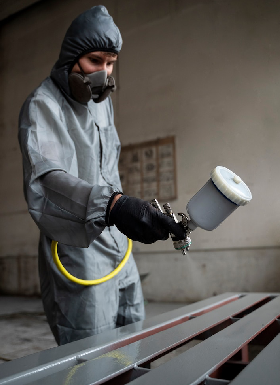
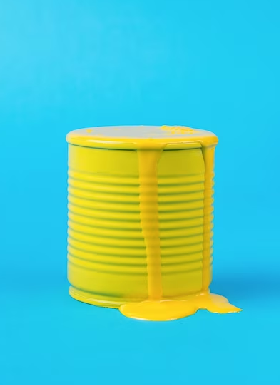
| Property | Details |
|---|---|
| Mixing Ratio | 3:1 (Resin: Hardner) |
| Color | Black (Graphene Pigmented) |
| Viscosity(Miked) | 1000 — 1500 cP at 25°C |
| Density | 1.10 — 1.20 e/cm’ |
| Hotly | 30— 45 minutes at 25°C |
| Dry To Touch | 5-7 hours |
| Full Cure | 48 hours at 25°C or 3 hours at 70°C |
| RECOMMENDED DFT (DRY FilM THICKNESS) | 50 - 200 microns per coat |
| Coverage VOC content | 7-9m2/L at 100 microns DFT < 250g/L |
| Test Parameter | Results |
|---|---|
| Hardness(Shore D) | 90 - 95 |
| Impactr Resistance | > 30 Joules (ASTM D2794) |
| Adhesion (pull-off test) | > 12 MPa (ASTM D4541) |
| Elongation at Break | 100 - 150% |
| Chemical Resistance | Resistant to acids, alkalis, sovents |
| Salt SPray Resistance | > 3000 hours (ASTM G154) |
| UV Resistance | Execellent (ASTM G154) |
| Electrical Conductivity | 10-3 to 10-2S/m |
This product is intended for professional use only. The information provided is based on current knowledge and testing. Users must evaluate the product’s suitability for their specific needs. Shivi Graphene Solution Pvt. Ltd. Colour Company assumes no liability for misuse or improper storage.
Every research has an apex for the best quality outcome. Erecting a future-proof civilization is why its necessary for students to perform research in practical situations using tangible resources for real-world applications and advancement. Resources like liquid graphene prove differential in such research. Our liquid graphene fulfills these research requirements well.

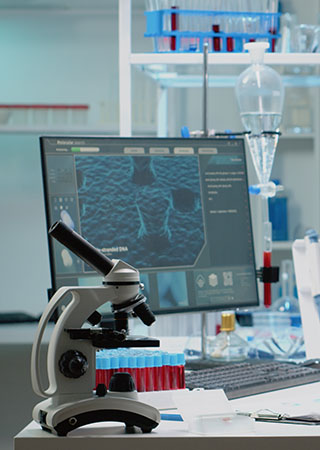
Reduced Graphene Oxide (rGO) components have comparatively extremely high surface area therefore they are starting to show their need, especially in the field of Electric Vehicles and surplus electricity-producing sectors.
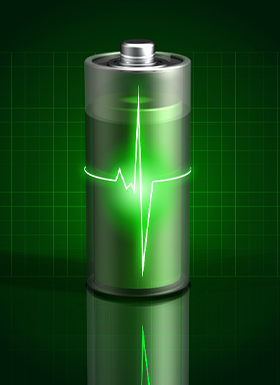

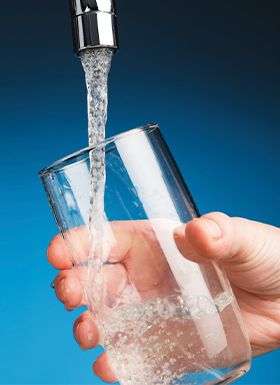
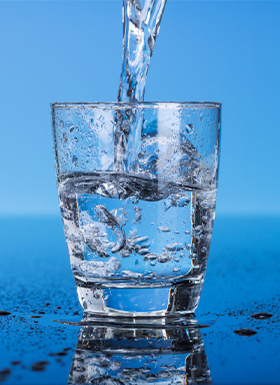
Water crises are an emerging problem for developed, developing, and underdeveloped countries. This is expected to create a massacre by the year 2030. However, Reduced Graphene Oxide (rGO) is a key to slowing down the process and maintaining the cycle of water.
The growth in transportation and production across the globe upshot the demand for lubricants parallelly. The Graphene-based lubricants amplify life by multiple times with the use available in multiple sectors of jobs. Apparently, graphene has shown properties slowing down the corrosive and oxidative processes that usually cause more damage to rubbing surfaces.

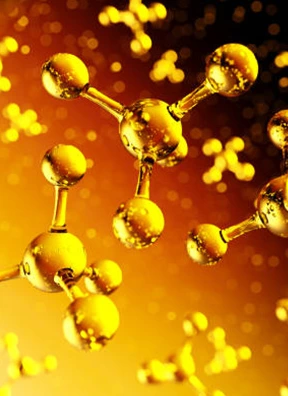
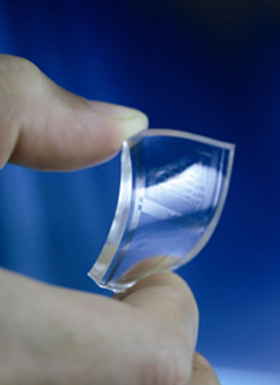

Electronic devices have been forged using Reduced Graphene Oxide (rGO) as a starting material for at least one of the components. The sheer scale of electronic devices creates a cycle of production and supply
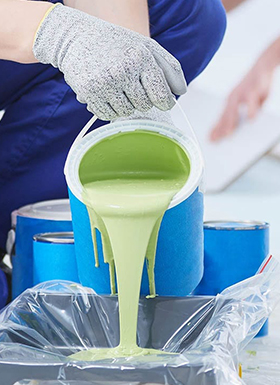
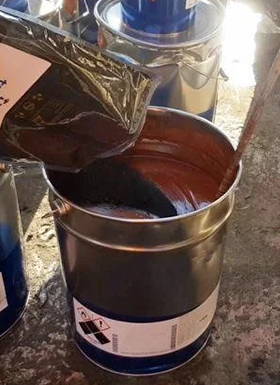
The Graphene-based paint industries are starting to overthrow the traditional paint industries since the ask for graphene-based paints is increasing significantly. The global need for trusted and durable infrastructure coating is a must for residences and industries. This is a great progressing reason for paints to have Graphene as their component.


Graphene is the strongest material on the planet, and it can also be utilised to strengthen other materials. According to a significant number of research, graphene and its derivatives packed with composites have demonstrated great prospective usage because to its outstanding reinforcing in composites. Shivigraphene manufactures high-quality graphene for usage in polymers and other products.
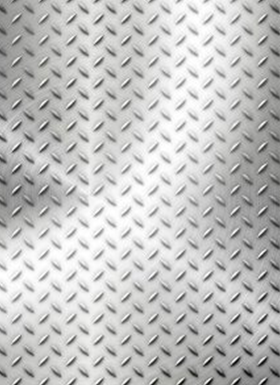

Metals have strong mechanical strength and elasticity, hardness, electrical conductivity, and thermal conductivity, and graphene holds the world record for tensile strength at 130 GPa, which is nearly 200 times greater than steel's 600 MPa.

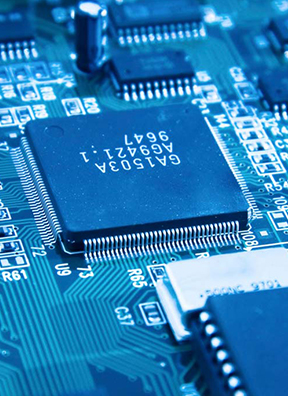
Graphene can be used as a coating to improve current touch screens for phones and tablets. It may also be utilised to create the circuitry for our computers, allowing them to run at lightning speeds. These are only a couple of examples of how graphene can improve today's gadgets. Graphene could also be the catalyst for the next generation of electronics.
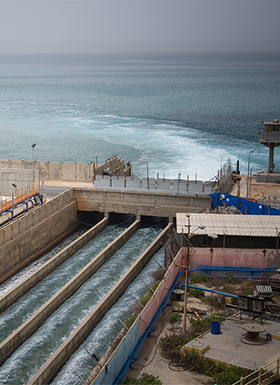
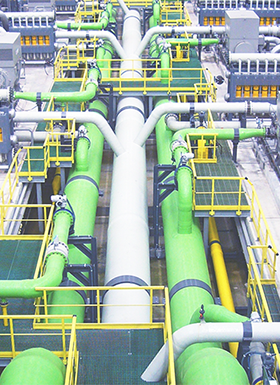
The most basic graphene-based desalination membrane is made by creating tiny pores in a graphene layer. This yields a flexible, chemically and physically stable separation membrane based on a single-atomic layer thick material with a desalination application in mind.